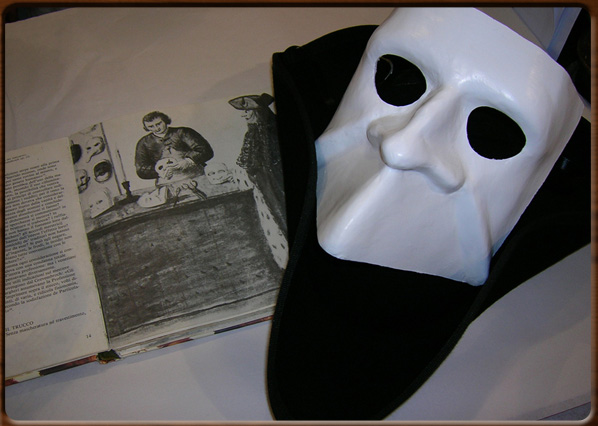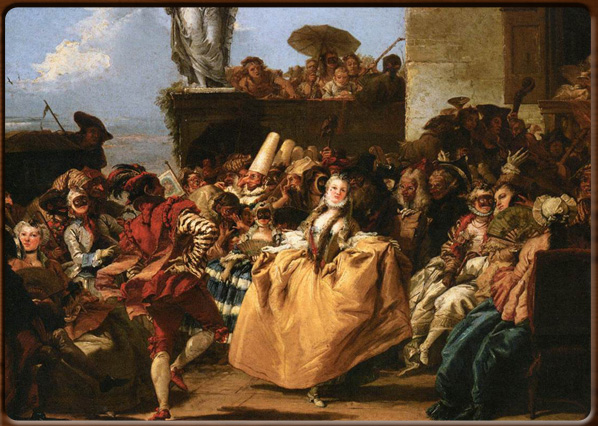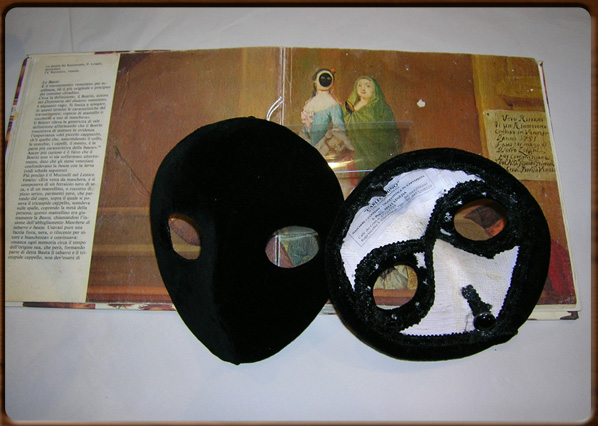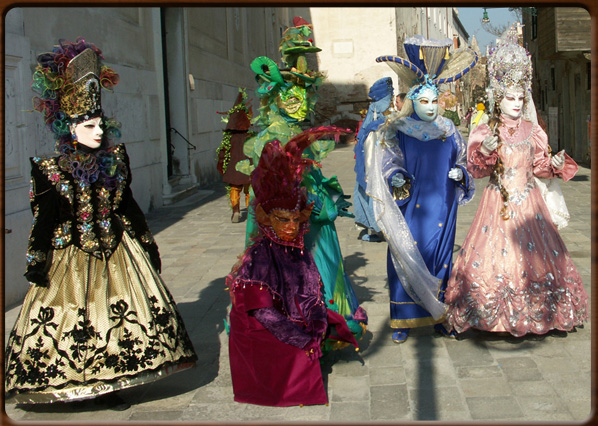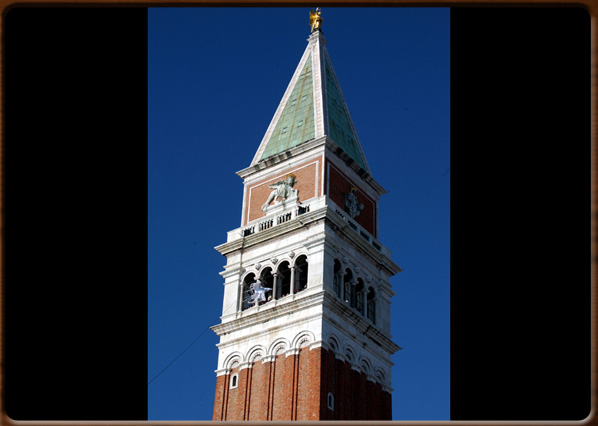The famous “Carnevale di Venezia” has a tradition that dates back over a thousand years to 1094, when a document referred to the carnival festivities as public entertainment in the days preceding
Lent during the Government of the Doge Vitale Falier. The carnival period lasted a long time, usually from 26th December to the eve of
Ash Wednesday, although the first celebrations often began as early as 1st October. During this time Venetians celebrated the carnival wearing
masks and colourful costumes.The most ancient traditions include a few special celebrations, such as the warrior dance of the “Moresca” and the dangerous stunt of the “Svolo del Turco” (Flight of the Turk), now the “Volo della Colombina” (Flight of the Dove), that traditionally marked the start of Carnevale.The carnival tradition, interrupted when Venice was occupied by the French and later by the Austrians, was only resumed in 1979, mainly due to the efforts of the theatre director Maurizio Scaparro, heavily involved in promoting and organising its comeback.Today, the Carnevale di Venezia is one of the best known and appreciated carnival events in the world. It has become the major tourist event in Venice in terms of fame and number of visitors, all attracted by the magical atmosphere and colourful masks, imagines and sounds.
